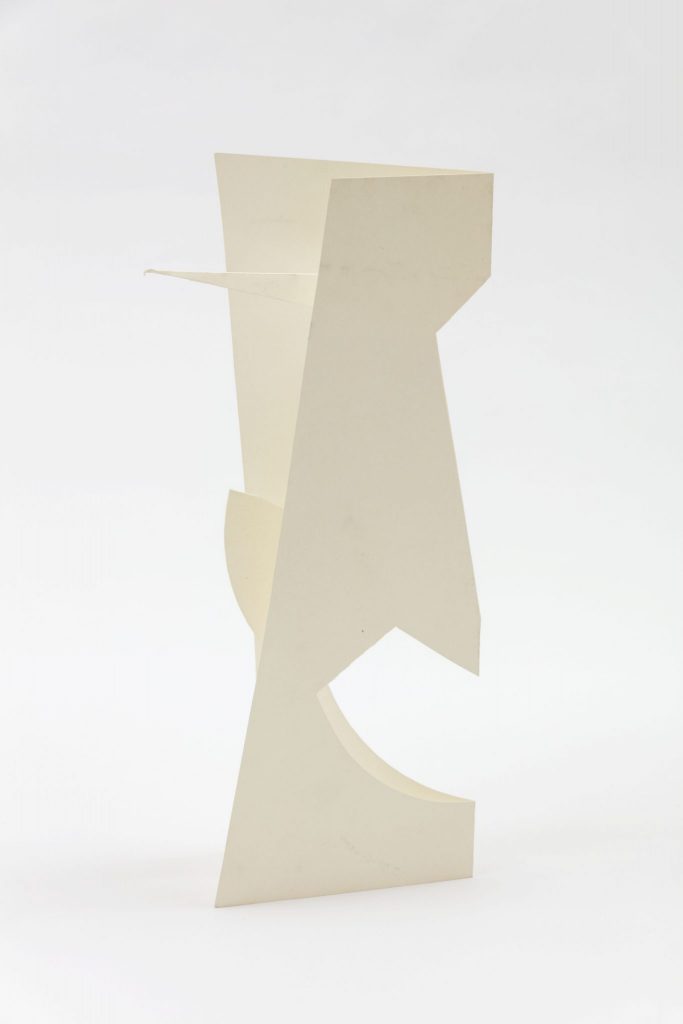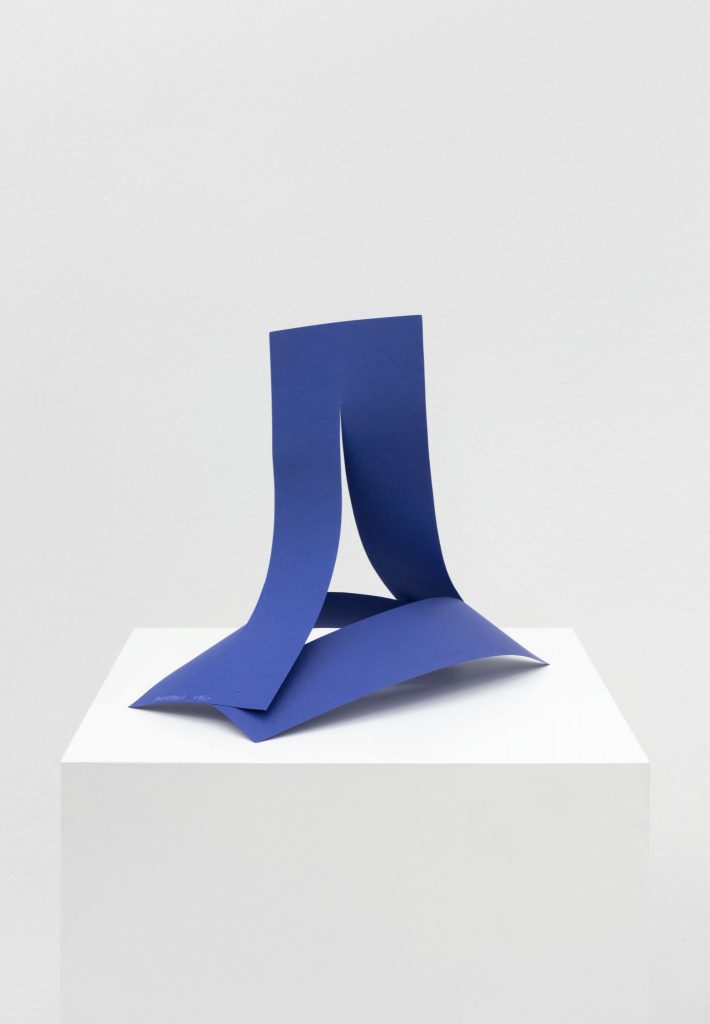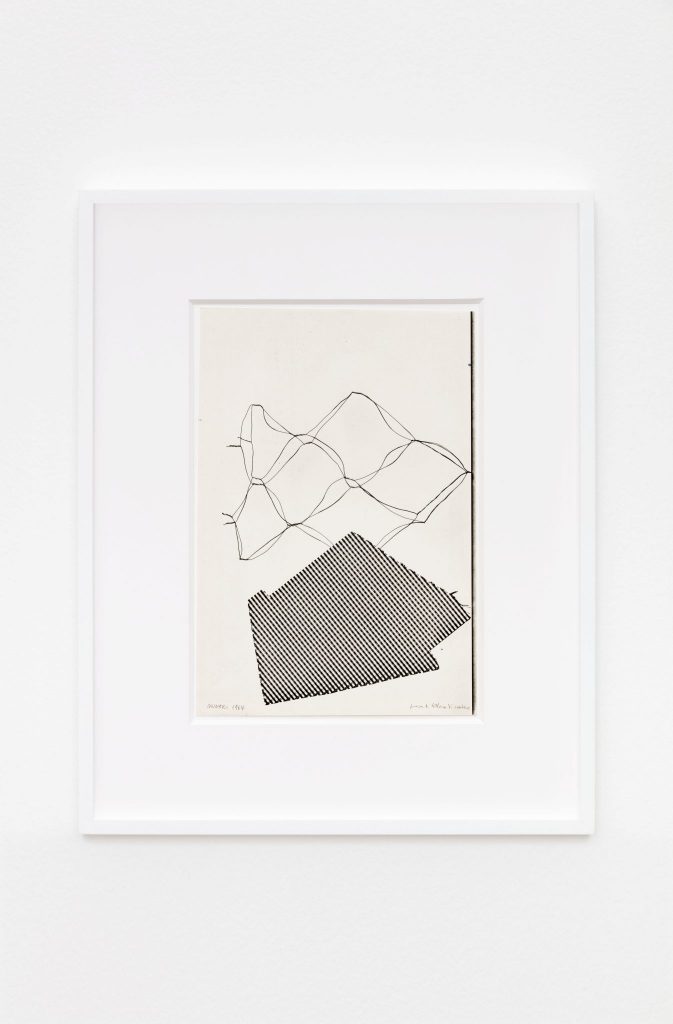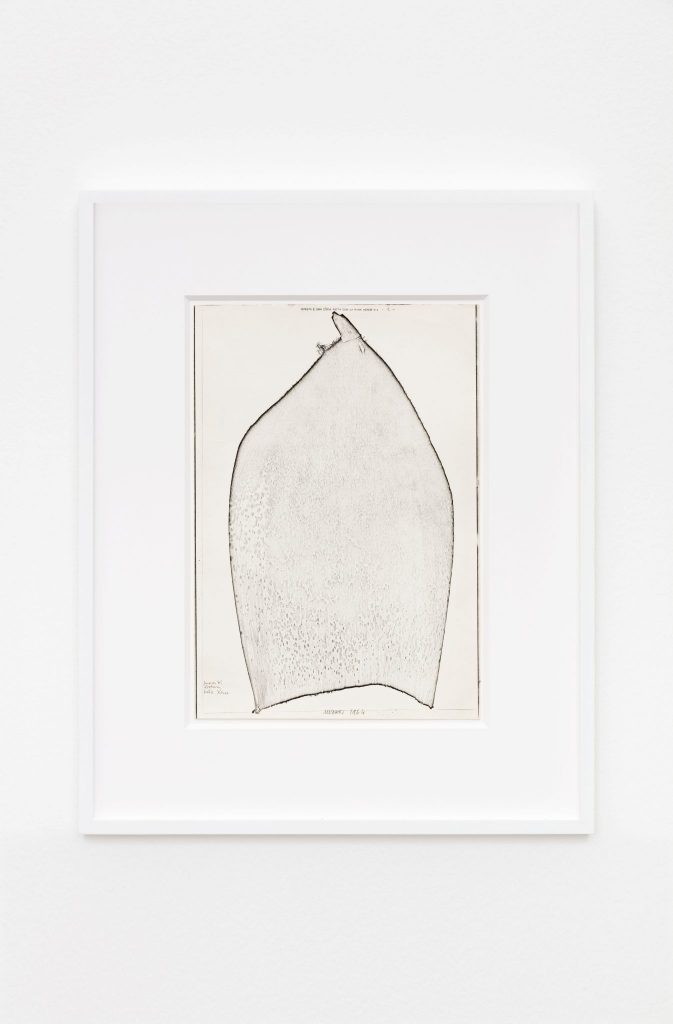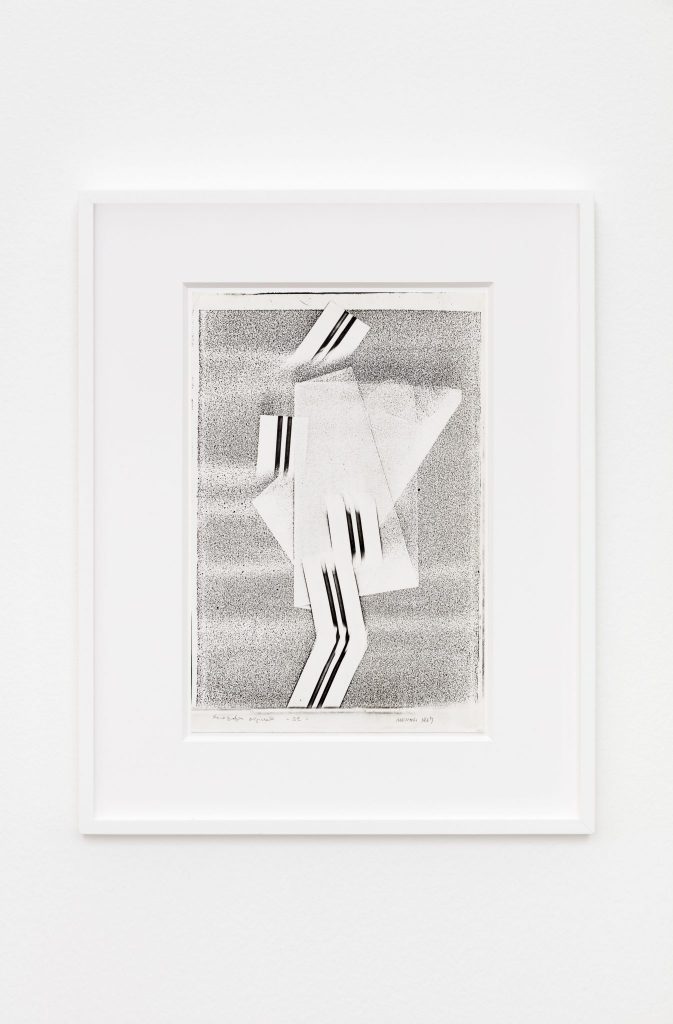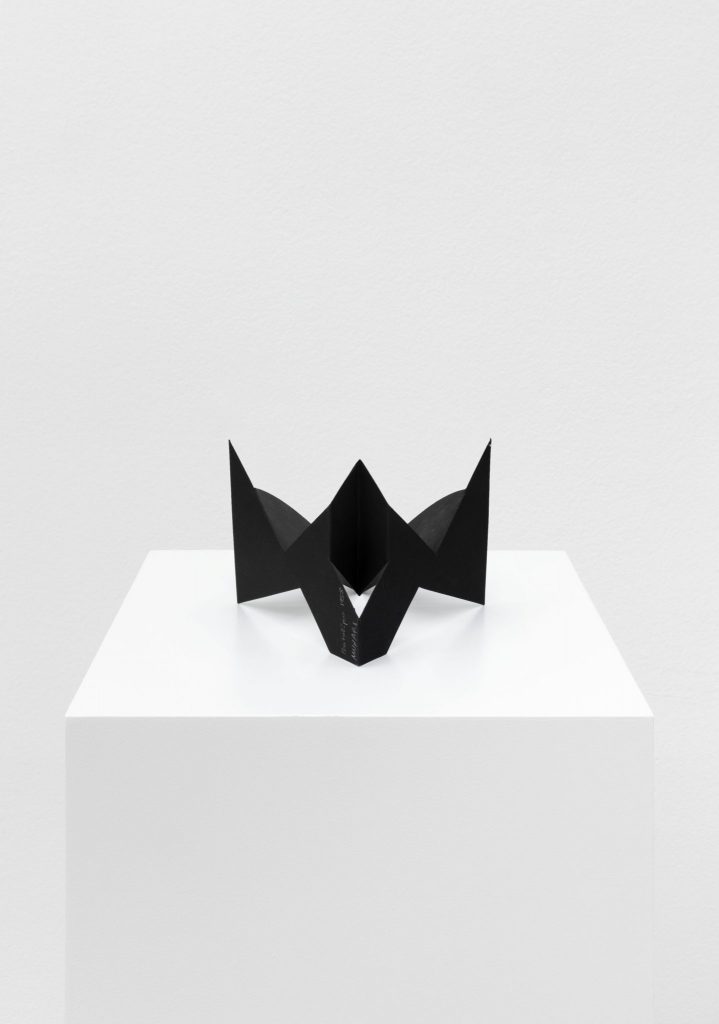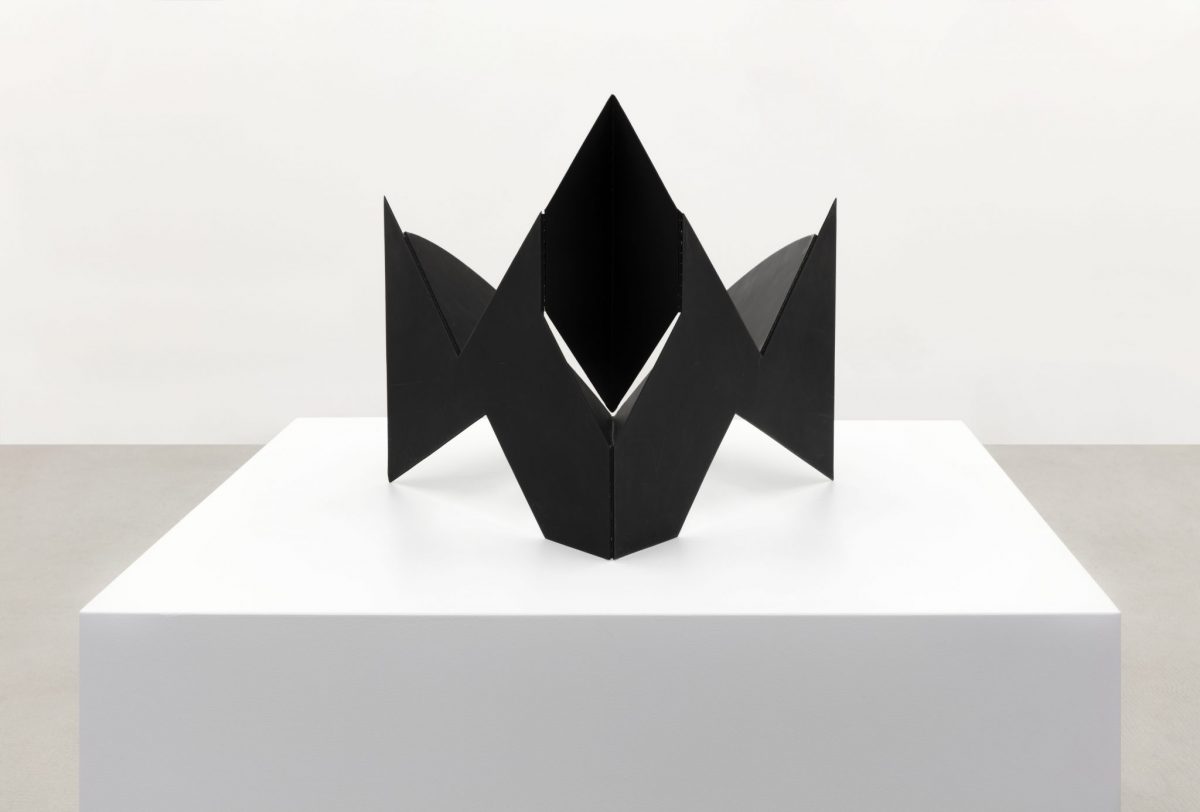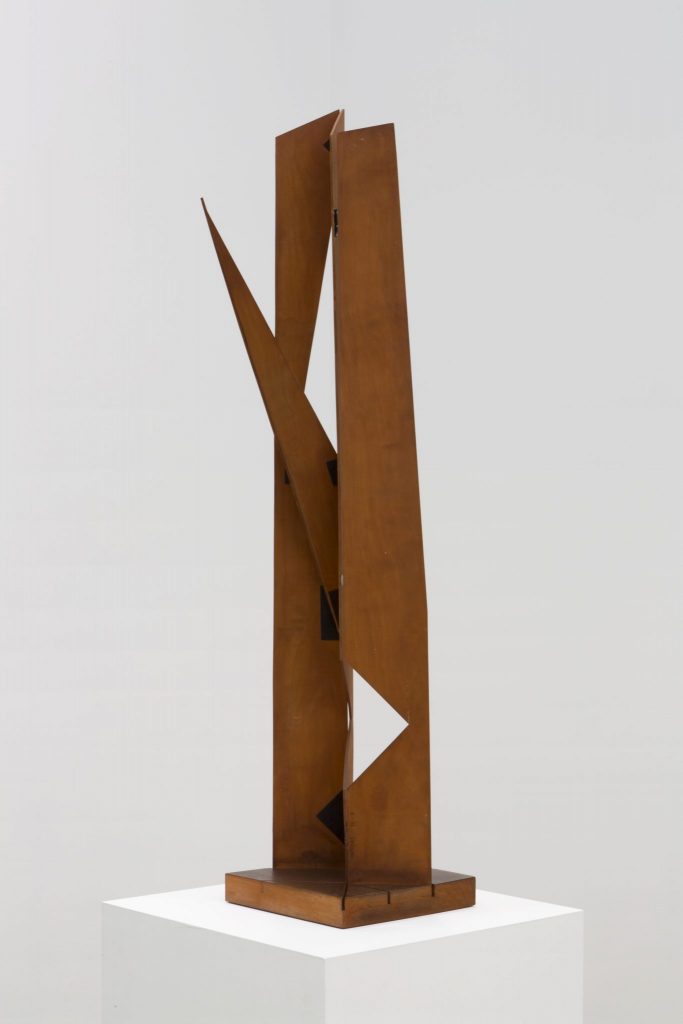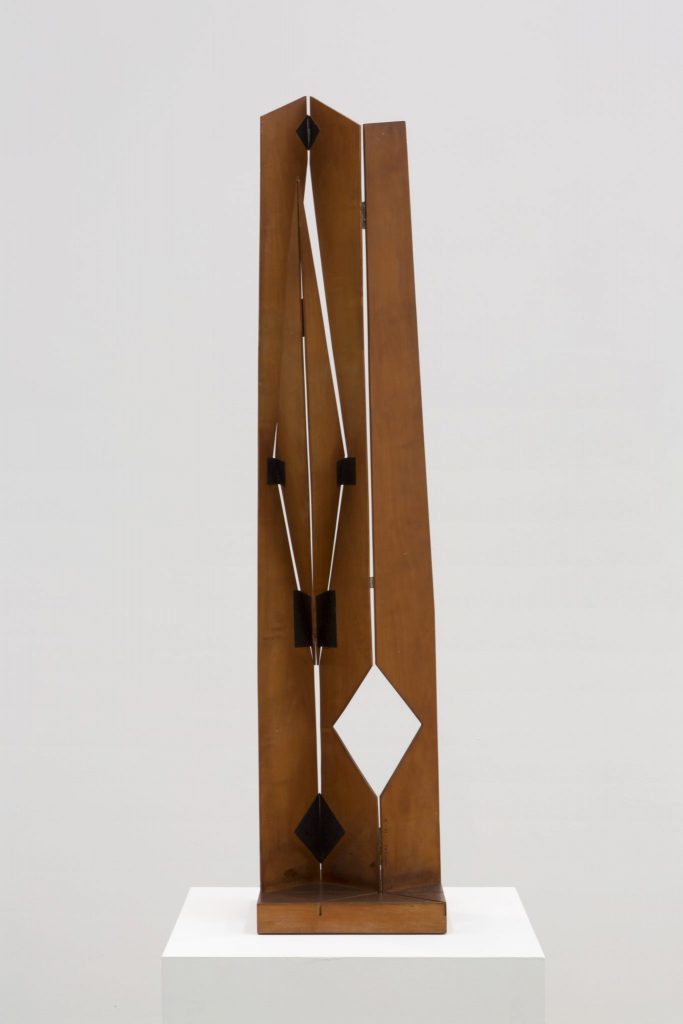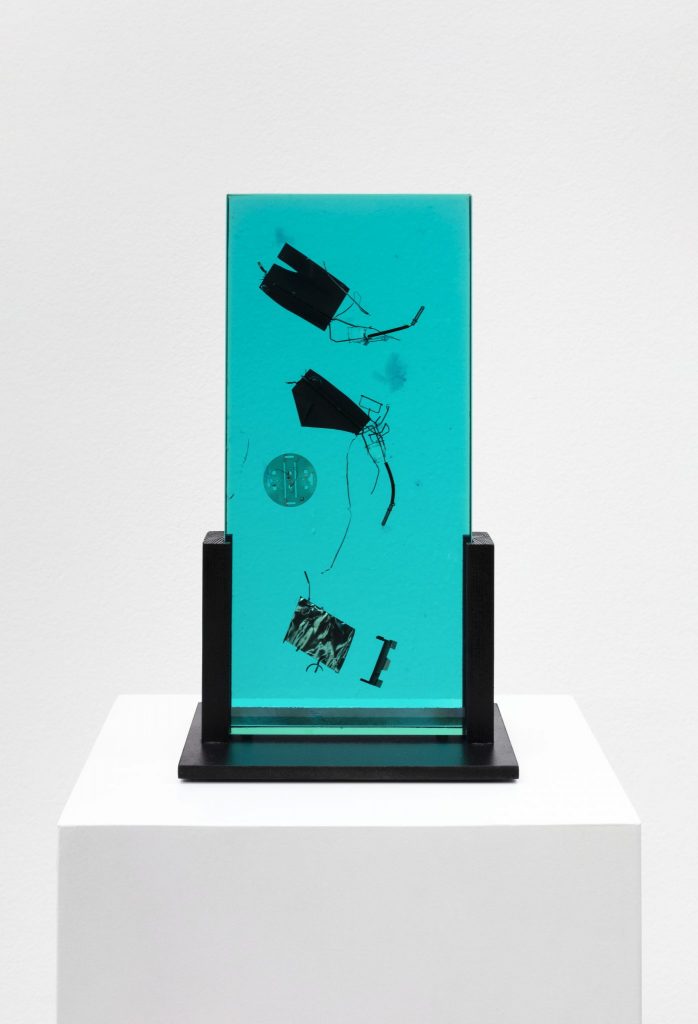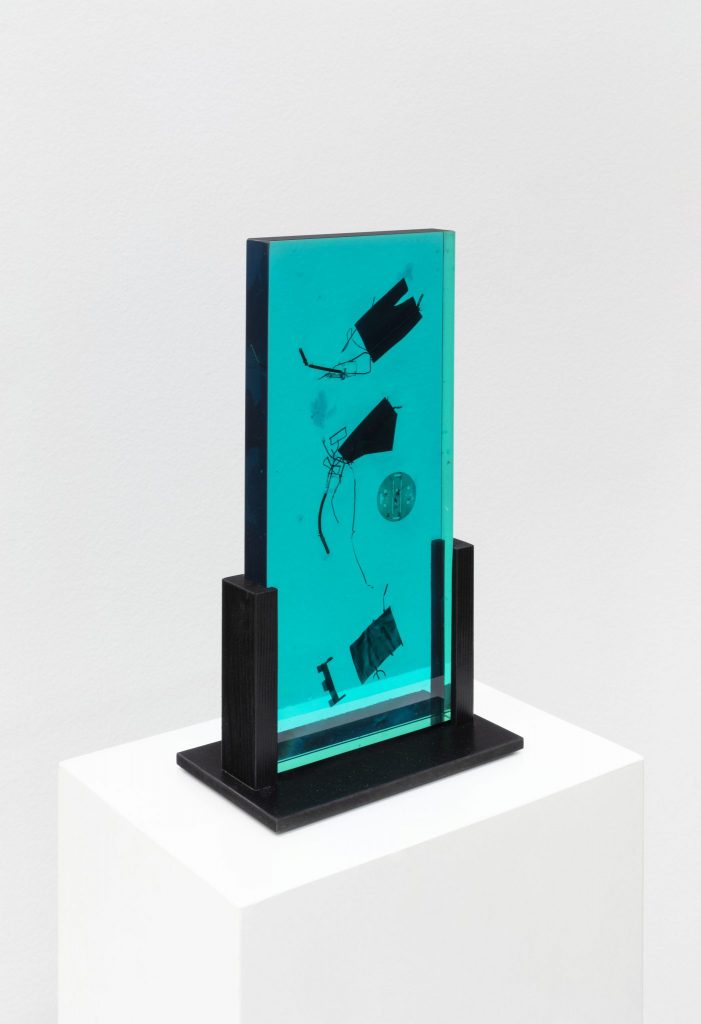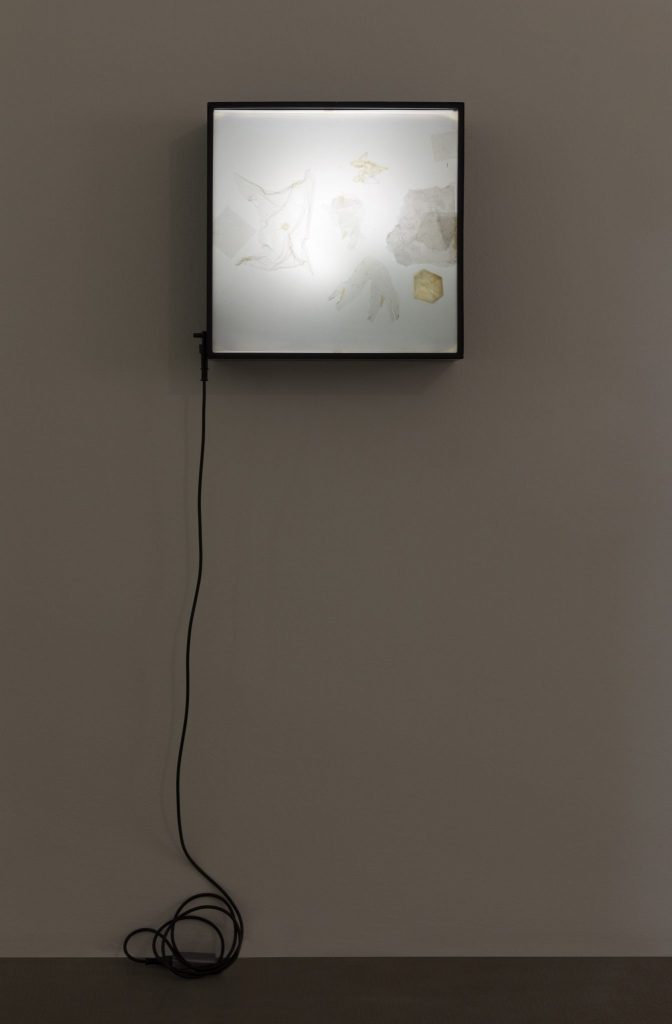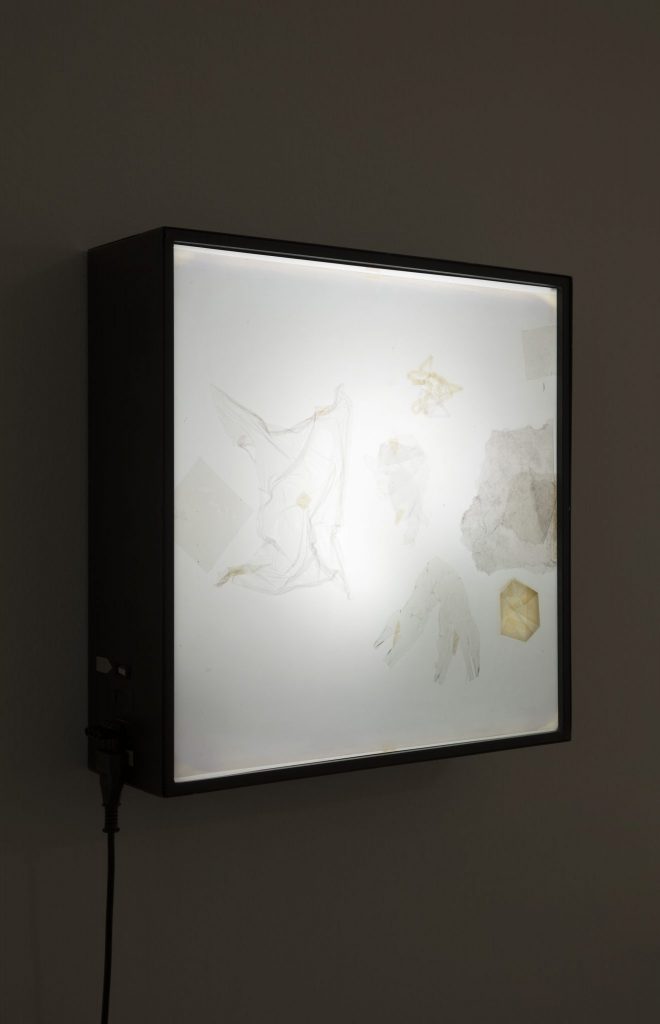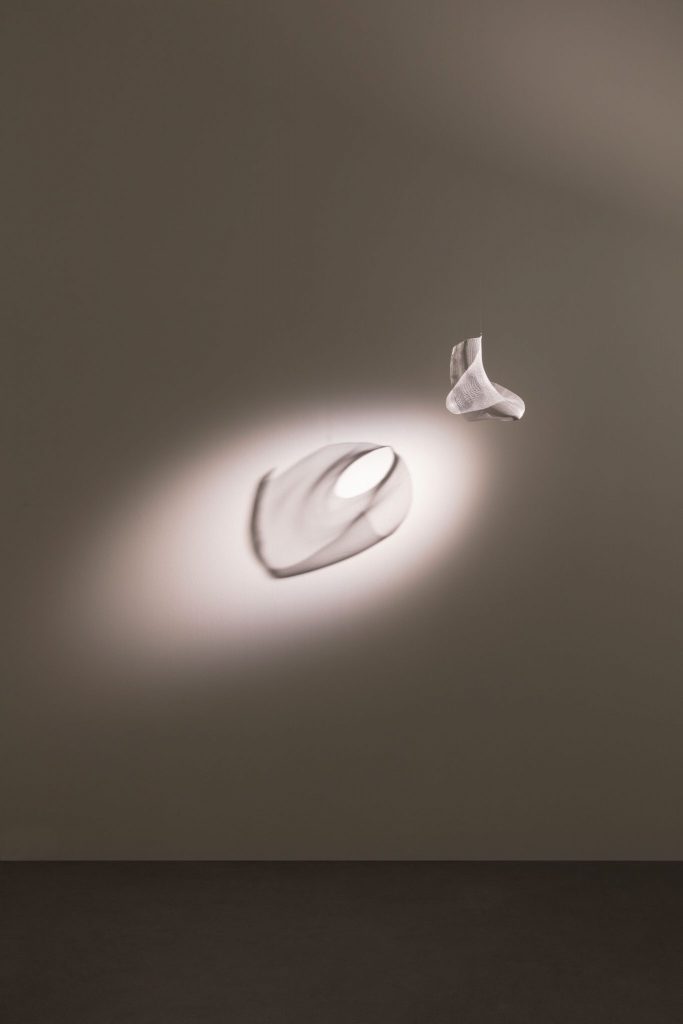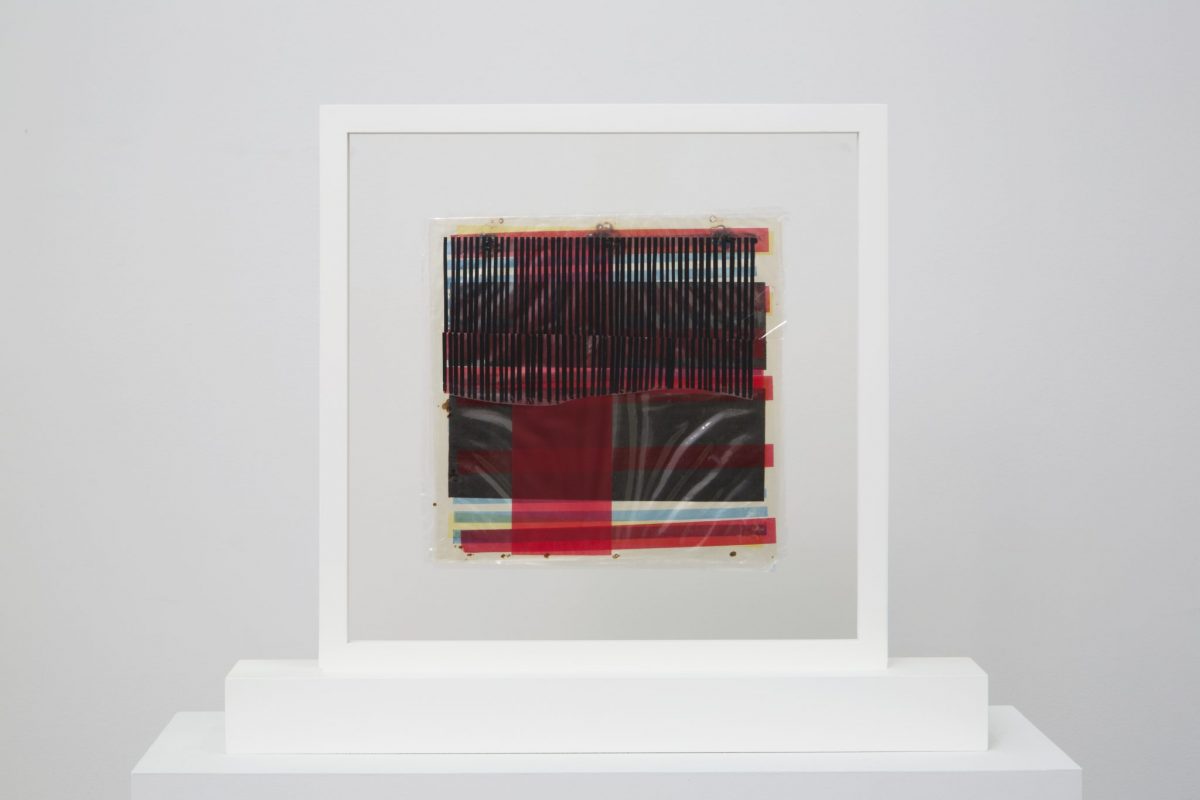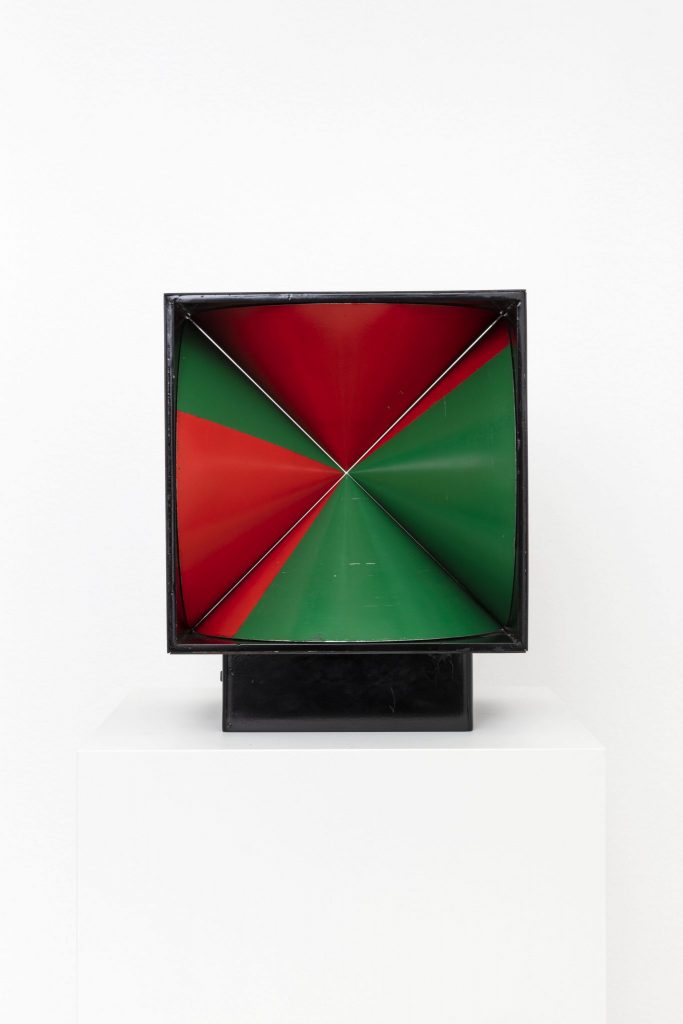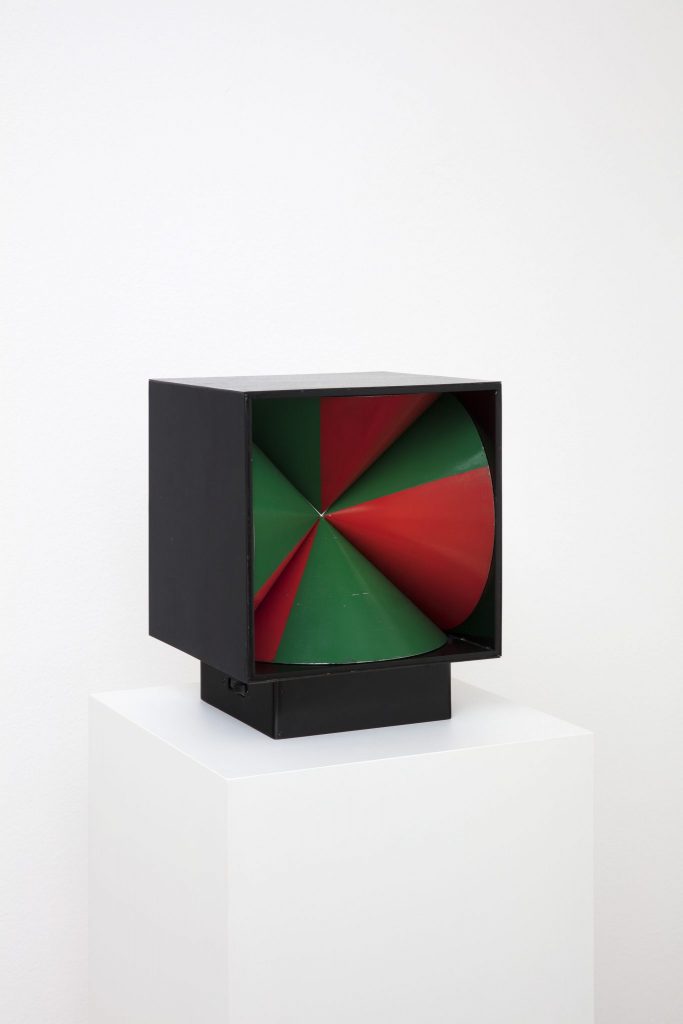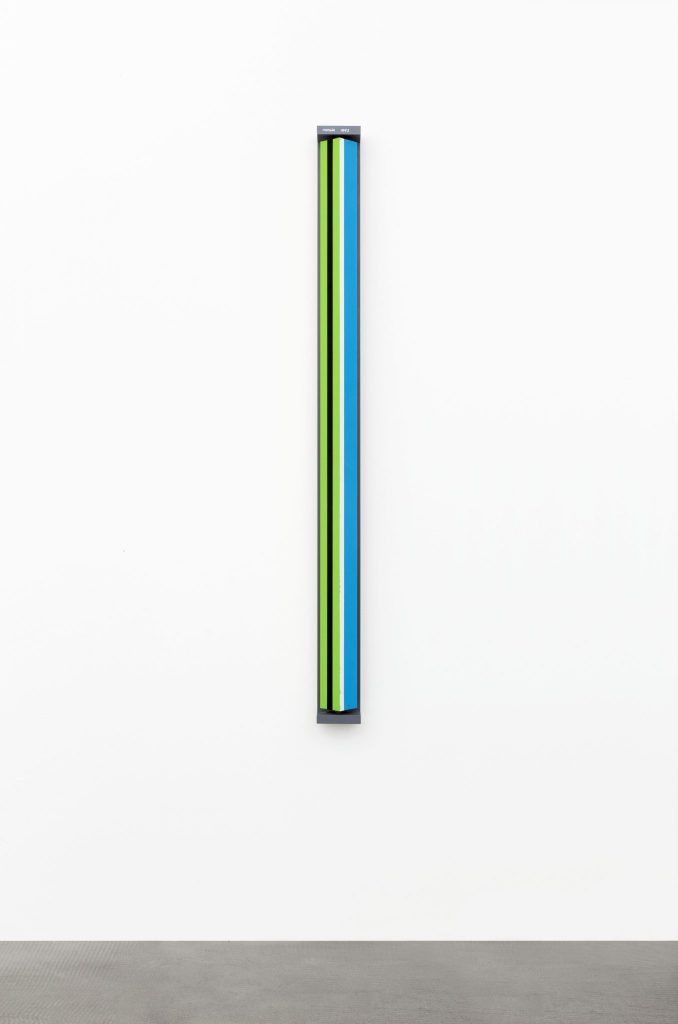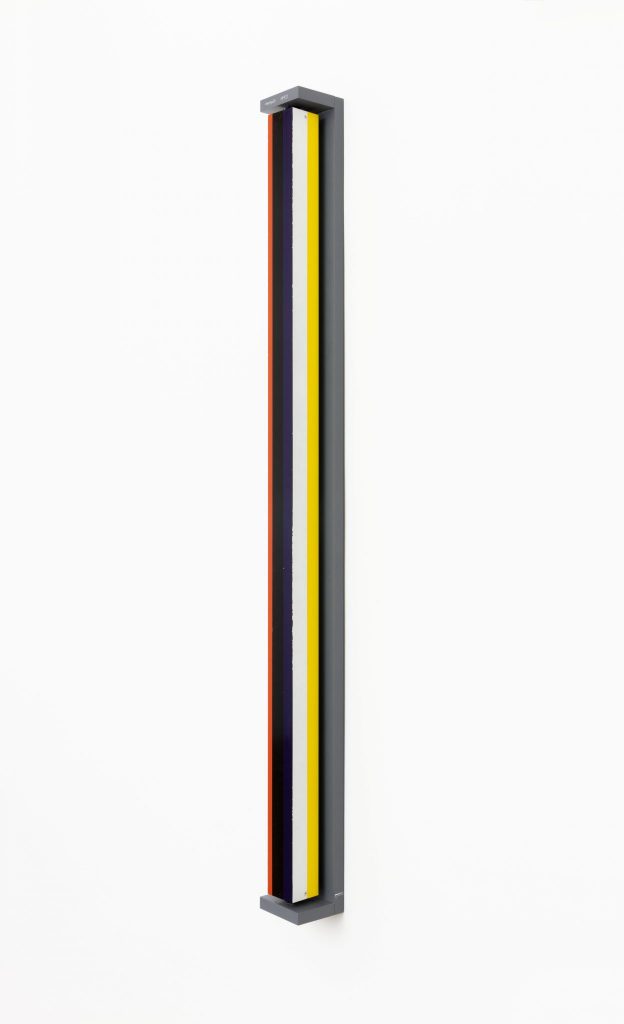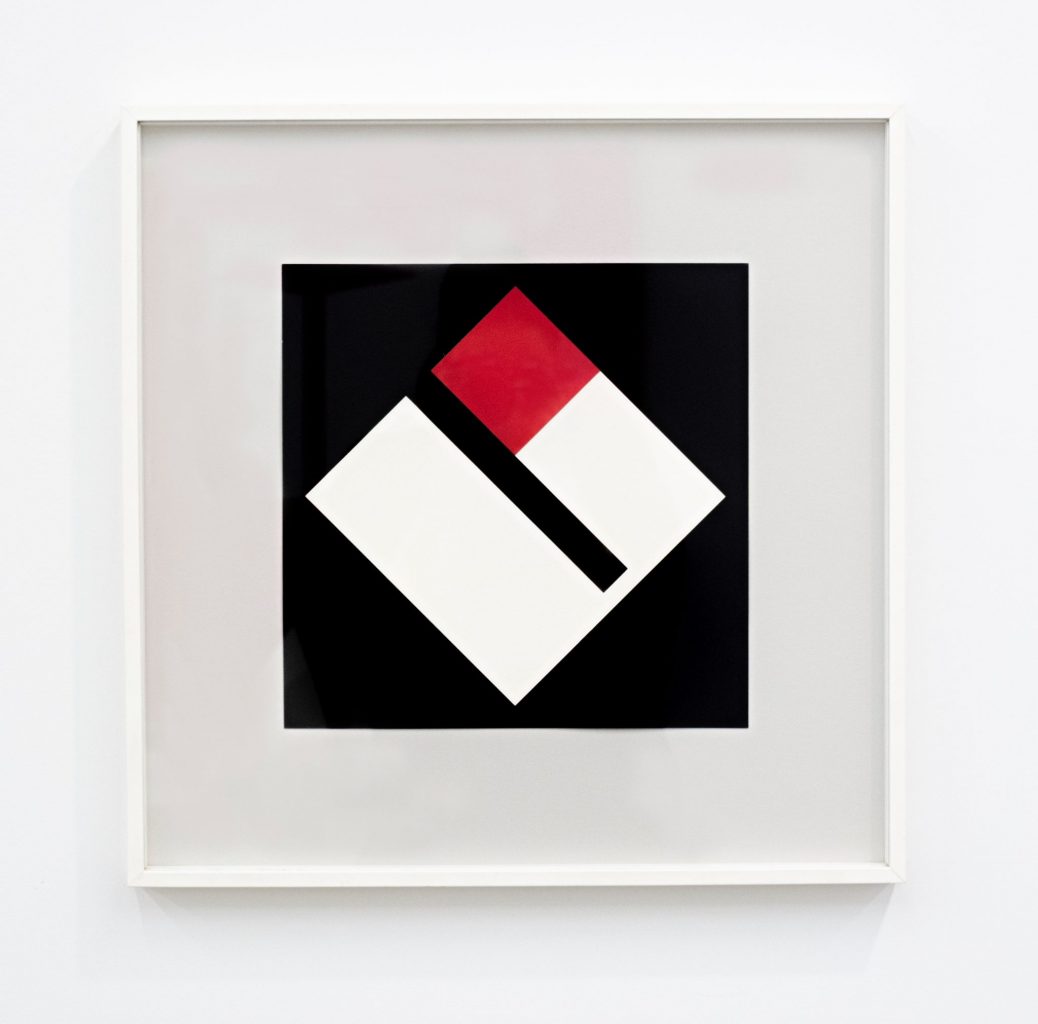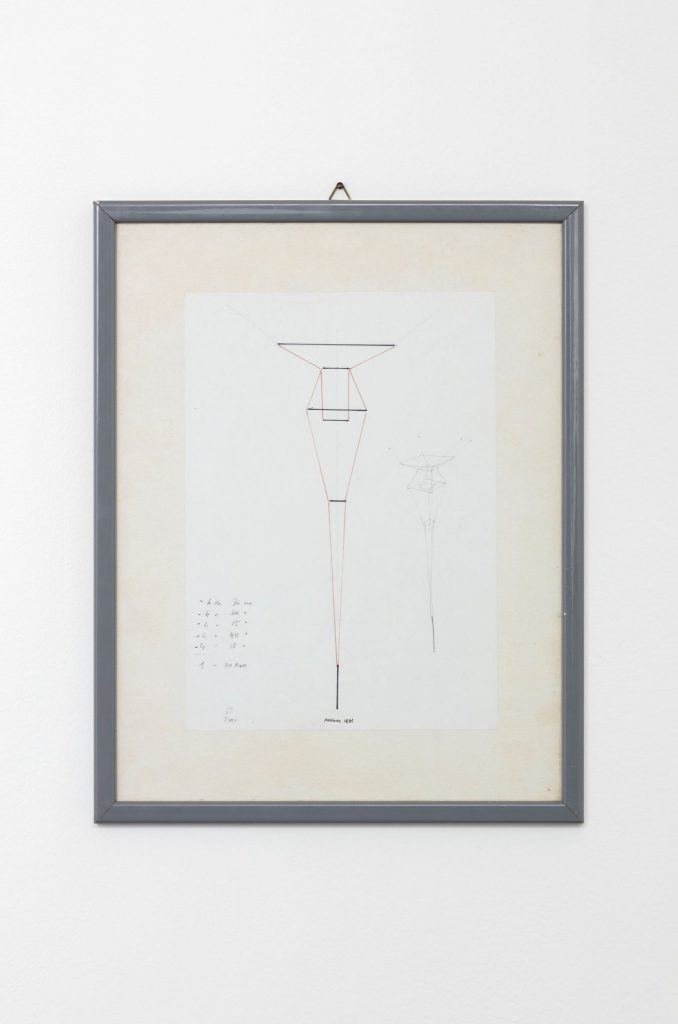
- This event has passed.
kaufmann repetto is pleased to announce Ognuno vede ciò che sa (Everyone sees what they know), an exhibition of works by Bruno Munari curated by Alberto Salvadori. The show has been realized in collaboration with Andrew Kreps Gallery, New York, who organized the first comprehensive exhibition of the artist’s works in the United States this May 2018.
Bruno Munari (1907-1998) was a versatile character in 20th century art, a man who created a genuine idea of an alternative reality over the course of his career. He is part of that narrow handful of key-figures consistently out of sync with the various movements and manifestos of his time; his strong sense of self-irony, a distinctive element of his personality and art, has always shielded him from belonging to any singular group or artistic movement. A leading graphic designer and designer of objects, an artist, an inventor, and a pedagogist; Munari has constantly been in dialogue with myriad artistic and technical languages, representing, in many ways, one of the few minds with a truly Leonardo-esque outlook that we have come to recognize in the recent history of art. It is only throughout certain dichotomies – geometry and refined spirit, imagination and method, rigor and irony – that we may enter Munari’s world, an artist who grew up in the period of avant-gardes and came into contact with many of them in an interstitial manner.
The year 1962 represents a key moment for Munari, when he staged the exhibition Arte programmata. Arte cinetica. Opere moltiplicate. Opera Aperta (Programmed Art. Kinetic Art. Multiplied Works. Open Work) for Olivetti, then one of the most innovative companies on the planet, in their Milanese showroom inside the Galleria Vittorio Emanuele. ‘Arte programmata’ (‘Programmed Art’) is Bruno Munari’s own linguistic invention that defines works in which pre-determined movement is the constitutive element of the work itself, and as such is programmed, not random: the artwork thus becomes a visual subject/object, designed to produce a particular gestalt experience. A part of the title introduces an extremely important concept: that of the ‘open work’, initially proposed by Umberto Eco in his book of the same name. This text constituted a basic theoretical reference to expand our understanding of connections between the time of perception, and the time of experience with art. Simultaneously, it introduces us to the acts of conscientious freedom that liberate the work and the spectator from themselves and activates a series of inexhaustible relationships that exist outside of a predetermined form or an internal organization of interpretation.
It is around this specific aspect of Munari’s work that the exhibition titled Ognuno vede ciò che sa (Everyone sees what they know), a quote by Munari himself, unfolds. By approaching the medium, which is at once experimental, technological and artisanal, the artist makes the audience both consumer and inventor, participant of his art.
In September 1966, coinciding with the XXXIII Venice Biennial, Bruno Munari exhibited in New York, at the Howard Wise Gallery, a selection of works that reflected his idea of programmed art: Polariscop, Concavo convesso (Concave-convex), Tetracono (Tetracone) and Ora X (X Hour). Today all of these works are included in the exhibition at the gallery with the exception of Ora X, which is housed in the collection of the Museum of Modern Art, New York.
By that time, Munari had experimented with creative forms linked to different aesthetics, including the Xerografie Originali (Original Xerographies), in which the artist’s intervention was completed in an intentional gesture, which generated a random effect. The photocopier was thus used as a tool to produce unique works within their serial matrix: an outright paradox.
At the experimental section of the XXXV Venice Biennial in 1970, Bruno Munari made a RX 720 photocopier available to both the artists and the public, allowing them to use it in order to produce their own works of art.
That same year, exactly during the Biennial, Bruno Munari presented a book published by Xerox titled Bruno Munari Xerografia. Documentazione sull’uso creative delle machine Rank Xerox (Bruno Munari Xerography. Documentation of the creative use of Rank Xerox): a selection of 110 xerographies realized since the early sixties. A number of works from this selection are included in the exhibition at the gallery, highlighting the expressive power of this simple gesture.
The earliest Sculture da viaggio (Travel Sculptures) date back to the fifties; they represent Munari’s further investigation into the possibilities of an art for all, conceived with the innate irony that informs the most brilliant of intuitions. Xerox and Sculture da viaggio promote modes of production and distribution that enable an art of adaptability and accessibility. They are made of everyday materials, which come from serial production processes themselves. They are works that quintessentially extend Munari’s motivations; they are artworks for everyone.
kaufmann repetto è lieta di presentare Ognuno vede ciò che sa, una mostra di lavori di Bruno Munari, curata da Alberto Salvadori. La mostra è stata realizzata in collaborazione con Andrew Kreps Gallery, New York, che ha organizzato la prima retrospettiva su Bruno Munari negli Stati Uniti nel maggio 2018.
Bruno Munari (1907-1998) è stata una delle figure poliedriche dell’arte del Novecento e ha costruito nel corso della sua carriera una vera e propria idea di realtà alternativa. Egli appartiene al piccolo manipolo di figure chiave disgiunte dalle correnti e dai manifesti del secolo scorso; la forte autoironia, tratto distintivo della sua personalità e della sua arte, lo ha sempre preservato dal senso di appartenenza in qualsivoglia gruppo o movimento artistico. Grafico, designer, artista, sperimentatore, pedagogo: Munari è stato costantemente in dialogo con i diversi linguaggi artistici e tecnici del suo tempo, rappresentando, per molti aspetti, una delle poche menti dall’attitudine leonardesca che conosciamo nella storia della produzione artistica recente. E’ solo attraverso una certa dicotomia di attributi – geometria e finezza di spirito, fantasia e metodo, rigore e ironia – che possiamo entrare nel mondo di Bruno Munari, cresciuto nel periodo delle avanguardie ed entrato in contatto con ognuna di esse in maniera interstiziale.
Il 1962 rappresenta un momento topico per Munari quando, per l’azienda Olivetti, allora un’industria tra le più all’avanguardia a livello planetario, realizza la mostra Arte programmata. Arte cinetica. Opere moltiplicate. Opera Aperta, allestita nello showroom milanese in Galleria Vittorio Emanuele. ‘Arte programmata’, una delle invenzioni linguistiche di Bruno Munari, definisce quelle opere dove il movimento è elemento costitutivo dell’opera stessa ed è programmato, non casuale: in questo modo l’opera d’arte diventa soggetto/oggetto visuale e di esperienza, al contempo fonte stessa di una particolare esperienza gestaltica. Una parte del titolo ci introduce a un concetto estremamente importante: quello di ‘opera aperta’, all’epoca introdotto dall’omonimo libro di Umberto Eco, testo che aprì nuovi orizzonti teoretici sulle connessioni tra il tempo della percezione e il tempo dell’esperienza in arte. Esso ci introduce a quegli atti di libertà cosciente che liberano l’opera e il fruitore ognuno da sé stesso, attivando una serie di relazioni inesauribili senza che ci sia una prescritta modalità e organizzazione interna di fruizione.
Ed è intorno a questo specifico aspetto dell’opera di Munari che si sviluppa la mostra intitolata – citando una frase di Munari stesso – Ognuno vede ciò che sa: attraverso un approccio al mezzo che e’ al contempo sperimentale, tecnologico e artigianale, l’artista rende il pubblico fruitore e al contempo inventore, partecipe della sua arte.
Nel settembre del 1966, in coincidenza della XXXIII Biennale di Venezia, Bruno Munari presenta a New York, presso la Galleria Howard Wise, una selezione di opere appartenenti al periodo programmato: Polariscop, Concavo-convesso, Tetracono, Ora X, tutti lavori inclusi nella mostra in galleria (ad eccezione di Ora X, conservata nelle collezioni del MoMa).
In questi anni inoltre, Munari sperimenta modalità creative afferenti a differenti estetiche, tra queste le Xerografie originali dove l’intervento dell’artista si compie in un lucido e razionale gesto che produce però un casuale effetto. La macchina fotocopiatrice è usata come strumento per produrre opere uniche nella loro matrice di serialità: vero e proprio paradosso.
Alla XXXV Biennale di Venezia del 1970, Bruno Munari mette a disposizione degli artisti e del pubblico, nella sezione sperimentale, una macchina fotocopiatrice RX 720, lasciando, a chi avesse voluto, la possibilità di utilizzare una Rank Xerox per produrre la propria opera d’arte.
Lo stesso anno, proprio durante la Biennale, Bruno Munari presenta un volume, edito dalla Xerox, con il titolo Bruno Munari Xerografia. Documentazione sull’uso creativo delle macchine Rank Xerox: una selezione di 110 xerografie realizzate a partire dagli anni Sessanta, parte delle quali esposte negli spazi della galleria, a documentare la ricchezza espressiva di questo semplice gesto.
Agli anni ’50 risalgono invece le prime Sculture da viaggio: ulteriore esempio di un’arte per tutti, consapevolmente concepita con quel senso ironico che racchiude le più intelligenti intuizioni. Xerox e Sculture da viaggio inaugurano una modalità di produzione e diffusione di un’arte votata alla versatilità e all’accessibilità. Questi lavori sono realizzati con materiali poveri frutto di processi di lavorazione seriale. Sono opere che sintetizzano l’essenza del pensiero di Munari; sono opere per tutti.



